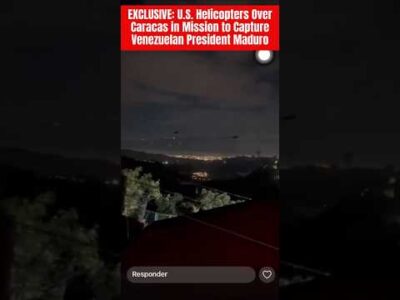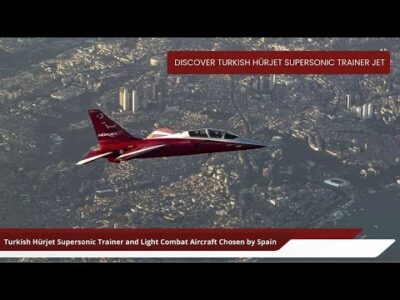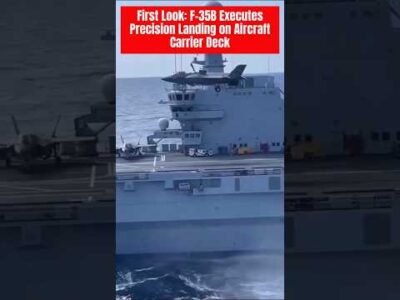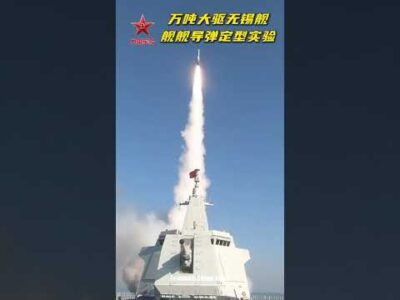Venezuela Navy Patrol Ship ANBV NAIGUATA (GCG-23) sank after a collision with cruise ship RCGS RESOLUTE (a passenger ship registered in Portugal) early in the morning Mar 30 at the northwest of La Tortuga island, Venezuela, Caribbean. According to the Venezuelan sources, Resolute continued to her way after the collision, without conducting Search and Rescue operation. This is a surprising issue because the International Convention for the Safety of Life at Sea (SOLAS) (Chapter-V, Regulation-33) orders ship captain which is in a position to be able to provide assistance, on receiving a signal from any source that persons are in distress at sea, is bound to proceed with all speed to their assistance.
Another claim about the accident is about the behaviors of the Venezuelan OPV before the collision. The cruise ship with 35 maintenance crew on board (no passengers) was positioned outside Venezuelan territorial waters, when she was approached by NAIGUATA and ordered to sail to Puerto Moreno on Isla De Margarita (Venezuelan Island), according to the statement of the RESOLUTE’s owner. “The Venezuelan OPV continued to ram the starboard bow in an apparent attempt to turn the ship’s head towards Venezuelan territorial waters,” RESOLUTE’s owner added. The company of the Resolute strongly refused the claims about fleeing, “RESOLUTE remained for over one hour in the vicinity of the scene and reached out to MRCC Curacao, and sailed away only after receiving the order to resume passage full ahead by the MRCC and that further assistance is not required” they concluded.
What is the true story?
After having lots of questions about the accident we consulted our sources from the field. As far as we have learned ;
– Before the accident, Resolute’s last port of call was Buenos Aires of Argentina and heading to Curacao island.
– Venezuelan OPV NAIGUATA detected Resolute at 13.3 nautical miles (nm) with speed 2.2 knots at the southwest of Tortuga island which has 12 nm of territorial waters. The waypoints of Resolute is shown below.

– Venezuela had promulgated a contiguous zone that extends 12 nm from territorial waters in accordance with 1982 convention. (The contiguous zone is an area of sea contiguous to and extending seaward of the territorial sea, in which the coastal State may exercise the control necessary to prevent and punish infringements of its customs, fiscal, immigration, and sanitary laws within its territory or territorial sea) Position of Resolute is indicated with the black dot.

– After detecting, NAIGUATA called Resolute via VHF and ordered to stop the engines. According to the sources captain of Resolute was cooperative and answering all the questions during the hailing. In the video below, you can listen to the VHF radio records during the hailing.
– NAIGUATA ordered Resolute to stop the engines. At the end of the radio record above it’s clear that captain of Resolute stated that the ship has an engine problem (it can be understood that 2.2 kts is very slow for a cruise ship) but NAIGUATA ordered to stop again.
– After this communication aggression starts, NAIGUATA opened fire to Resolute to show its determination and rammed the cruise ship to direct her to Margarita Island, east of Tortuga. After seeing that Resolute maintain her course (Because the captain declared that they have restricted manoeuvre ability due to engine defect), OPV NAIGUATA rammed the cruise ship in order to force her to alter course to Venezuelan island. Commanding Officer’s poor decision is hidden at ramming point to Resolute because he rammed the passenger ship’s ice-strengthened bulbous bow, this looks like a big mistake. That’s why Cruise ship got minor damages and kept seaworthiness while NAIGUATA sank.

Why did Venezuelan OPV NAIGUATA show such an aggressive attitude?
As we examine the location of the incident, it’s a high-risk area due to piracy activities. A few months ago a Commanding officer of a Colombian naval asset was assassinated by thugs. Because of this reason, the warships patrolling in this area are always on the alert mode to prevent piracy activities. Comparing with other merchant ships suffered from piracy, this incident obviously doesn’t have any clue to be suspicious that the ship is captured by sea thugs. If it would be so, the captain would demand help from the warship, and under the effect of thugs ship wouldn’t be able to show cooperative behaviors.
Resolute’s last port of call was Buenos Aires of Argentina, which is an ally of the Maduro regime. As we stated above, the regime has the right to intervene in the ships in crime such as smuggling in its territorial waters. But this incident happened at contiguous waters which regime has the right to inspect minor issues like health, customs etc. If the commanding officer took a specific order to increase tension and intervene the ship in accordance with a warning from the ally or some other source. According to analyzes at Forbes made by naval defense analyst H.I. Sutton, Venezuelan navy showed some RHIB photos to proof that Resolute was carrying military equipment, yet, these inflatable boats are normal for this cruise ship.

As we see, there are many intertwined cases like a Matryoshka doll. These issues could cause Venezuelan officials to be paranoid and take extreme measures, and this collision incident could be the result of these political arm-wrestling. As far as we learned, ANBV NAIGUATA wasn’t operational-ready, 16 sailors were not qualified, two of the main weapons were out of order. Ship’s training was evaluated as below-standard.
To conclude, it seems like Inadequacy of the Commanding Officer and his crew and outlaw orders of the regime caused this disaster.















Comments